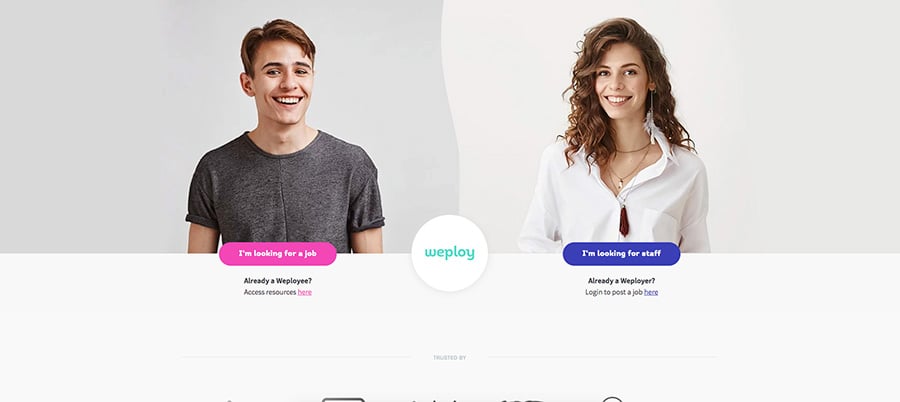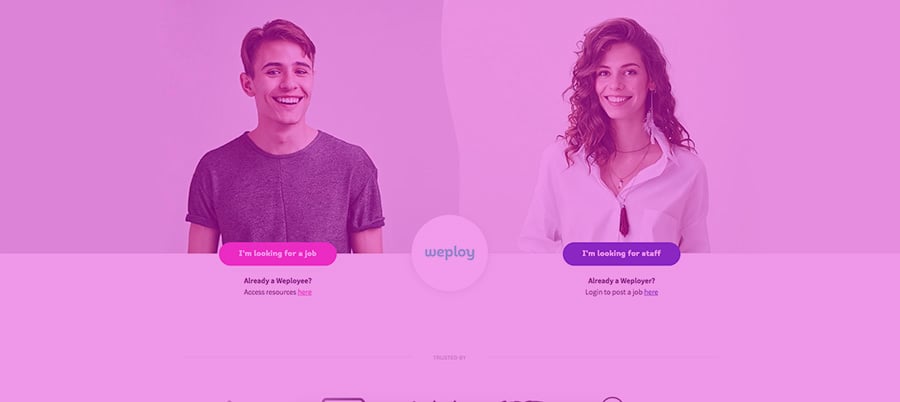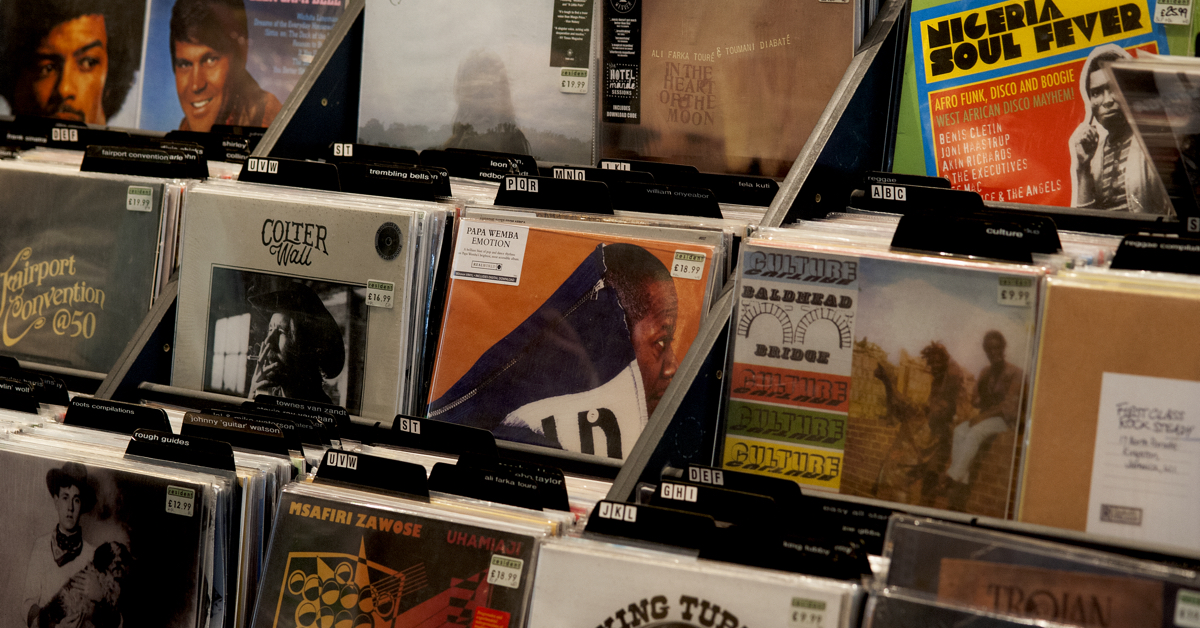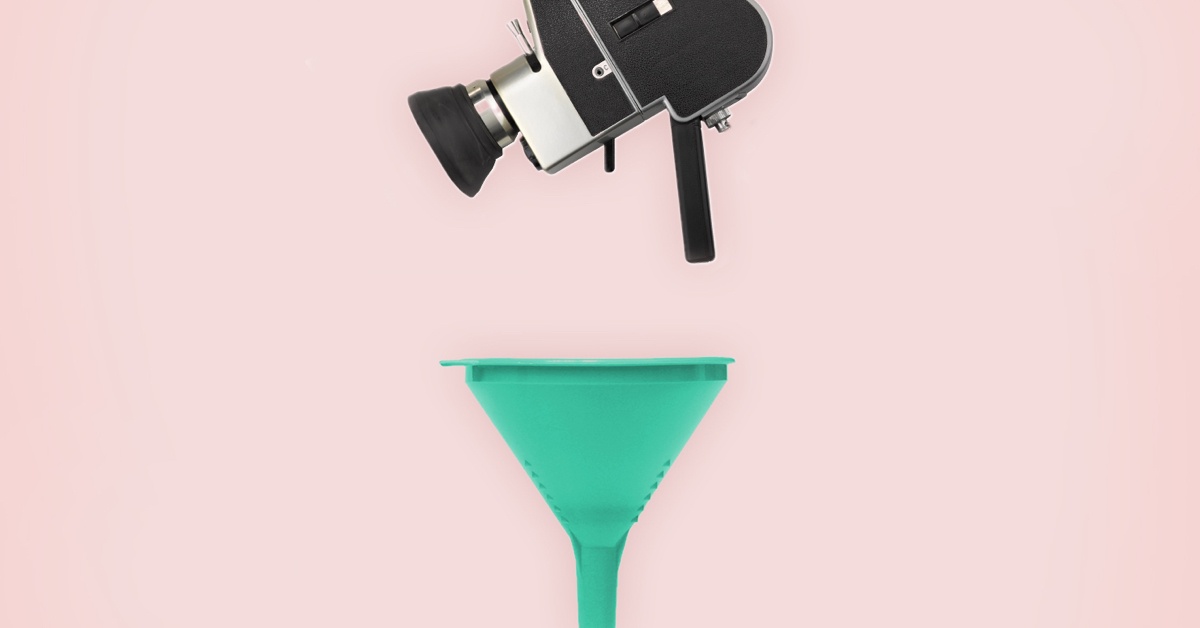Spoiler alert: Chatbots can be a killer tool at every stage of your Inbound Marketing & Sales funnel. Recently picked up by Facebook, they can supercharge your 'smarketing' - from awareness to decision and expansion.
A well-designed and executed chatbot can increase visitor engagement by:
- telling stories.
- acquiring, educating and qualifying leads.
- providing customer support.
- triggering marketing automation workflows.
- directing users to key conversion pages on your website.
AND, they’re working for your business 24 hours a day, seven days a week. The sky's the limit!
The problem is, a bad or misaligned chatbot experience can have the reverse effect, and reduce consumer confidence in your business. So it’s vital to understand how to leverage a chatbot at each stage of your sales funnel.
What is a chatbot?
For the uninitiated, a chatbot – sometimes called an ‘AI chatbot’ – is an automated program or script that your website visitors can ‘chat’ to or interact with. A well designed bot is focussed on helping visitors with specific scenarios and will be honest about its limitations.
Often they will be able to to hand the conversation off to a human if necessary (or notify someone if no one is available). This immediacy makes bots invaluable to the sales funnel. Visitors can be qualified using automation, and then a human can take over immediately if appropriate.
Chatbots have gone beyond being a new marketing trend with an uncertain future. Businesses now can’t seem to get enough of them, and they are here to stay, with good reason. The biggest driver of this shift has been consumer behaviour and expectation; we want everything right here, right NOW, ideally on a silver platter.
“People expect to be able to find exactly what they’re looking for, wherever and whenever they’re looking for it.”
– Think with Google, 2017
Most businesses simply aren’t capable of 24/7 availability. Bots are an excellent solution. They fill the after hours void and give consumers at all stages of the buyer’s journey the immediacy they crave in a scalable and repeatable way.
That being the case, how does one get in on this world of bot nirvana?
Start with a goal.
Customer support? Lead qualification? Delivering top of funnel content? What’s your bot gonna do?
Having a chatbot for the sake of it is a trap that countless companies have fallen in to, and more often than not, a ‘virtual assistant’ with no goals or focus will result in a bad experience for the user. Just like any marketing asset, a well-defined goal will help to drive flawless planning and implementation.
"73% [of people] would likely not use a company’s chatbot again after having a bad experience with it.”
— DigitasLBi, 2016
At which stage of the funnel should my bot sit?
This ties in closely with the goal of your bot. If the bot’s goal is to assist with common customer service queries, it’s probably not going to be too useful for a new visitor who has just hit your site. Likewise, if your bot’s goal is simply to close customers by highlighting social proof and case studies, a new visitor may find this too much too soon.
Having said that, a well-designed bot should be driven by user data. This allows it to figure out where a given visitor sits within your funnel, and to guide the conversation with them accordingly.
Awareness stage: Educate visitors
Awareness stage bots will act like site-specific search, educating users through content to help them define their problem. These bots should direct visitors to key content on your site, answer common industry FAQs and begin to build trust in your brand.

Consideration stage: Highlight USPs
When users start to consider solutions to their problems, consideration stage bots do the heavy lifting by highlighting the USPs of your offering. For example, they may guide users through an asset or survey – such as our free HubSpot audit – or feed them eBooks and webinar recordings. Personalisation is key at this stage and beyond. As you learn more about your leads, that information should guide conversational flow within your bot.
Decision stage: Prove it
Bots with a decision stage focus will further engage the user with the your product or service. They build more trust and authority by offering social proof of your solution or linking to case studies which back up your USPs and highlight how you’ve successfully helped others. At this point you should have a solid profile of who these leads are, and be able to offer them content and ‘conversation’ that aligns with their focus.
Adoption stage: Support time
Where do your users commonly trip up in your product? How can you guide them to get the most out of their trial? Support bots provide assistance to users of your product or service and help them to have a great experience with your company. They’re great for either Product Qualified Leads (think trial users if you’re in SaaS) or customers, and are potentially useful at multiple stages of your funnel; decision, adoption, and advocacy.
.gif?width=300&name=adoptionbot%20(1).gif) Advocacy stage: Get rated
Advocacy stage: Get rated
How do you make collecting customer data like your Net Promoter Score (NPS) an engaging and enjoyable experience? Botify it of course! NPS data is invaluable for helping to keep a finger on the customer happiness pulse, and if carefully crafted, will give customers the feeling of having a voice – particularly if you’re inviting them to help guide the direction of your product. NPS bots are a great example of advocacy stage chatbots.
So, what’s next?
Now that you have defined a goal and a job for your chatbot, you can begin to build out it’s conversational skills:
- Map it out: Create a skeleton flow map to define your main conversation flows.
- Start writing: Begin writing your copy, and build the personality of your bot – as Jules Winnfield said, “personality goes a long way”.
- Choose a platform: Set up the bot on your digital platform of choice. We’re pretty excited about HubSpot’s upcoming offering.
- Test test test: Once you’ve built the bot out on your platform, start user testing.
- Blast off: Launch your bot!
- Iterate: There is no such thing as set and forget – build, measure and optimise to get the best results from your new team mate.
Ready to leverage the 'new age' for your business? Good, the bot revolution isn’t just coming. It’s taking over. If you’re not already on the bandwagon, you’re getting left behind.
However, all too often marketers jump on the next big marketing trend and hammer it like the latest top 40 song you’re already sick of hearing… even though it was only released a week ago.
So remember, know the limitations of bot technology, have a plan, test before launch, and get it right (well, as right as possible) the first time. With great power comes great responsibility!
Keen to get cracking? Join the waitlist for our bot offering below 👇🏻








